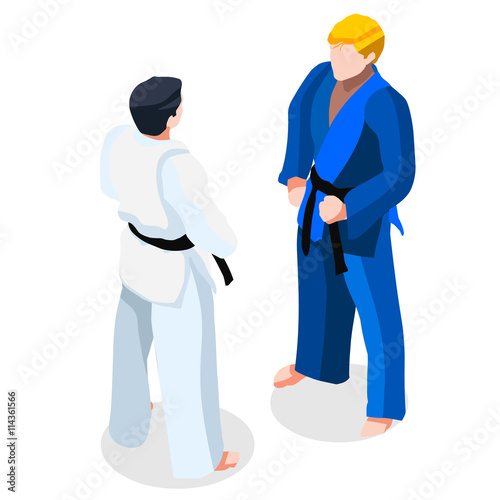Typical Martial Arts Vs. Modern Fight Sports: Understanding The Trick Distinctions
Typical Martial Arts Vs. Modern Fight Sports: Understanding The Trick Distinctions
Blog Article
Article Author-Thuesen Brady
When you think about martial arts, do you lean extra towards the conventional methods or the modern-day combat sports? Each path provides one-of-a-kind advantages and experiences, shaped by their ideologies and training techniques. Conventional martial arts emphasize personal development and discipline, while modern-day combat sporting activities focus on competitors and performance. Recognizing these differences can assist you in choosing the appropriate method for your journey. Yet just how do these differences show up in training and approach?
The Philosophy and Background Behind Traditional Martial arts
While many individuals connect martial arts with physical battle, the ideology and background behind conventional martial arts run much deeper. You'll discover that these techniques highlight individual growth, discipline, and regard.
Stemming from old techniques, typical martial arts were frequently created for Self-Defense and spiritual advancement. They embody concepts such as equilibrium, consistency, and self-constraint, directing experts beyond simple combating skills.
As you train, you'll not just find out strategies yet likewise get understandings right into the society and values that formed these arts. The routines and customs, frequently given via generations, cultivate a sense of community and belonging.
The Competitive Nature of Modern Combat Sports
Modern fight sporting activities have changed the landscape of martial arts right into an extremely affordable field, where professional athletes face off in an examination of skill, technique, and endurance.
You'll see that competitors are commonly arranged with strict rules and guidelines, making certain fair play and safety. These events attract big target markets, sustaining the excitement and strength of matchups.
best martial art for older beginners train carefully, not just for physical expertise but also for mental toughness, recognizing that every detail counts in the ring. The adrenaline thrill throughout competitions is apparent, as competitors push their restrictions to declare victory.
Fans appreciate the athleticism and creativity involved, making modern-day combat sports a thrilling phenomenon that continues to progress and astound fanatics around the world.
Training Techniques and Strategies: A Relative Analysis
The competitive atmosphere of modern-day combat sporting activities demands cutting-edge training methods that vary considerably from standard martial arts.
In https://patch.com/maryland/hyattsville/calendar/event/20220908/1937410/tae-kwon-do-self-defense-martial-arts-kickboxing-and-senior-self-defense-classes -day training, you'll focus on particular techniques, competing, and conditioning, frequently making use of drills that replicate actual fight scenarios. You'll see a focus on quantifiable efficiency and frequent competitors to assess your skills.
In contrast, standard martial arts prioritize kinds, katas, and thoughtful trainings, frequently highlighting discipline and respect over competition.
Training is normally less intense and may entail repeated technique instead of real-time sparring.
While both techniques construct skill and health and fitness, contemporary combat sporting activities offer a more dynamic and adaptable training environment, preparing you for instant difficulties in the ring or cage.
Choose the course that aligns with your objectives and passions.
Conclusion
In picking between conventional martial arts and modern battle sporting activities, it truly comes down to what you value the majority of. If you're trying to find personal growth, discipline, and a feeling of community, traditional arts may be your finest fit. However if you prosper on competition and real-time difficulties, modern-day fight sports could be the method to go. Eventually, both courses supply special advantages, so it's everything about aligning your training with your personal objectives and interests.
